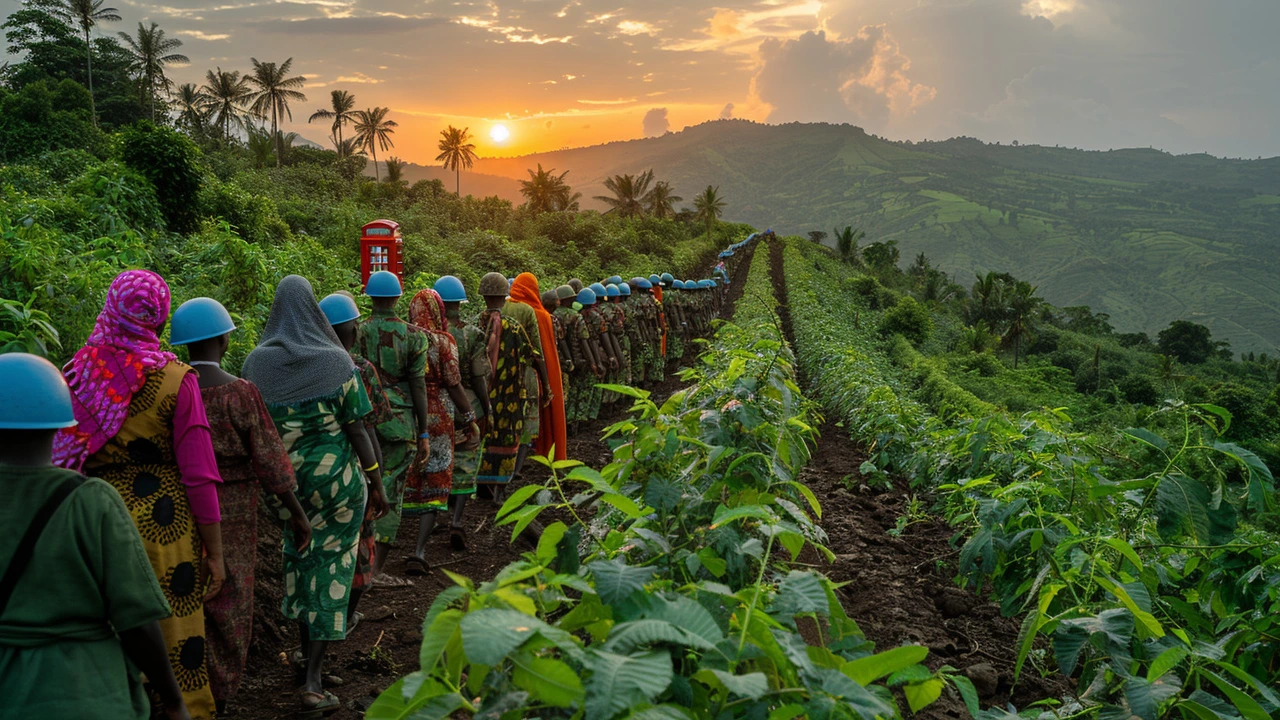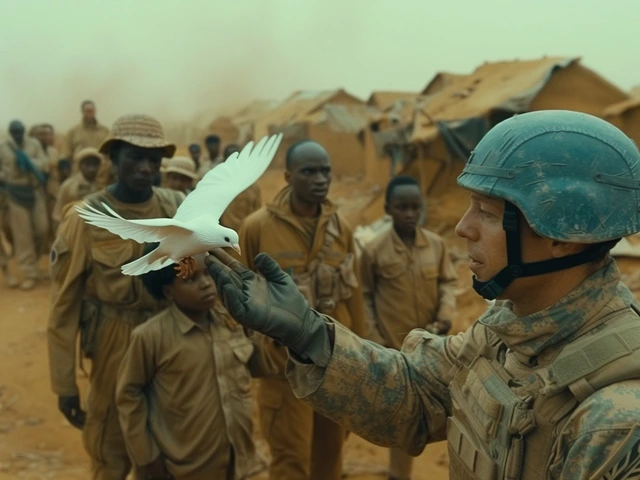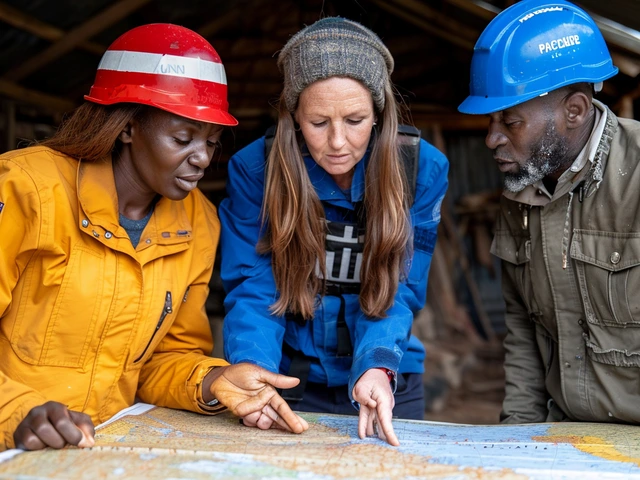The Genesis of Peacekeeping Missions
Understanding the foundation of peacekeeping operations is crucial for grasping their significance in the modern world. The concept of an international peacekeeping force emerged post-World War II, as nations sought to prevent further conflicts and find peaceful resolutions. This idea materialized with the establishment of the United Nations, which became the primary body for deploying peacekeeping forces to conflict zones. The missions have evolved over the decades, embracing complex mandates that include not only military duties but also diplomatic, humanitarian, and reconstructive efforts. The operations aim to stabilize regions, protect civilians, and facilitate the conditions necessary for peace negotiations.
The Strategic Framework of Peacekeeping Operations
Peacekeeping strategies have undergone significant transformation, adapting to the complexities of modern conflicts. Initially, peacekeeping operations focused on monitoring ceasefires and creating buffers between hostile parties. Today, their scope has expanded to include protecting civilian populations, disarming combatants, supporting the rule of law, and ensuring the delivery of humanitarian aid. These strategies are grounded in principles of impartiality, consent of the parties, and non-use of force except in self-defence and defence of the mandate. Effective peacekeeping demands thorough planning, extensive training, and a deep understanding of the cultural and political landscape of the conflict area.
Challenges and Adaptability on the Ground
Peacekeepers often operate in some of the world's most volatile environments, facing a myriad of challenges ranging from logistical hurdles to political complexities. Hostile attacks, difficult terrain, and unpredictable weather conditions further complicate their missions. Despite these obstacles, peacekeeping forces have shown remarkable adaptability and resilience. Innovations in technology, strategies for community engagement, and emphasis on conflict-sensitive approaches have enhanced their effectiveness. The success of these missions often hinges on the ability to adapt quickly to changing situations on the ground, making flexibility and resourcefulness key traits of successful peacekeepers.
The Human Element in Peacekeeping
Behind the strategic objectives and operational difficulties lies the true heart of peacekeeping – the people. Peacekeepers come from diverse backgrounds, bringing a rich tapestry of experiences and perspectives to their work. Their commitment to the mission often requires personal sacrifices, including time away from loved ones. Lydia, who tirelessly supports the endeavors from home, reminds me daily of the unseen emotional toll on families. It's this human element that infuses peacekeeping operations with their unique character, breeding a sense of camaraderie and shared purpose among the troops. Their interactions with local communities often go beyond the mandate, fostering mutual respect and understanding that pave the way for lasting peace.
The Impact of Peacekeeping on Global Peace
Assessing the impact of peacekeeping forces is a complex task, given the multifaceted nature of their missions. However, evidence suggests that these operations substantially contribute to reducing violence and promoting peace. Studies have shown that peacekeeping missions decrease the likelihood of war resurgence and increase the chances of successful conflict resolution. Furthermore, the presence of peacekeeping forces often facilitates humanitarian aid delivery and supports the rebuilding process. The most significant impact, though, might be the hope these operations give to the affected populations – the belief in the possibility of a peaceful future.
Lessons Learned and the Way Forward
Decades of peacekeeping operations have yielded vital lessons. Key among them is the importance of international cooperation and support. Successful missions require not just the commitment of the deploying countries but also the backing of the global community. Additionally, incorporating local perspectives into mission planning enhances effectiveness and sustainability. Going forward, the adaptability of peacekeeping strategies to address emerging threats, such as cyber warfare and climate-related conflicts, will be crucial. As the world changes, so too must the approaches of those dedicated to keeping the peace.
The Collective Strength of Peacekeeping
At its core, the strength of peacekeeping forces lies in their collective spirit and the unwavering belief in the possibility of a better world. Drawing from a pool of global talents and resources, these operations exemplify what can be achieved through cooperation and dedication. Amidst the challenges and setbacks, peacekeeping forces stand as beacons of hope, striving to transform conflict-ridden areas into landscapes of peace and stability. Their work is a testament to the resilience of the human spirit and the enduring power of collective action in the pursuit of peace.








